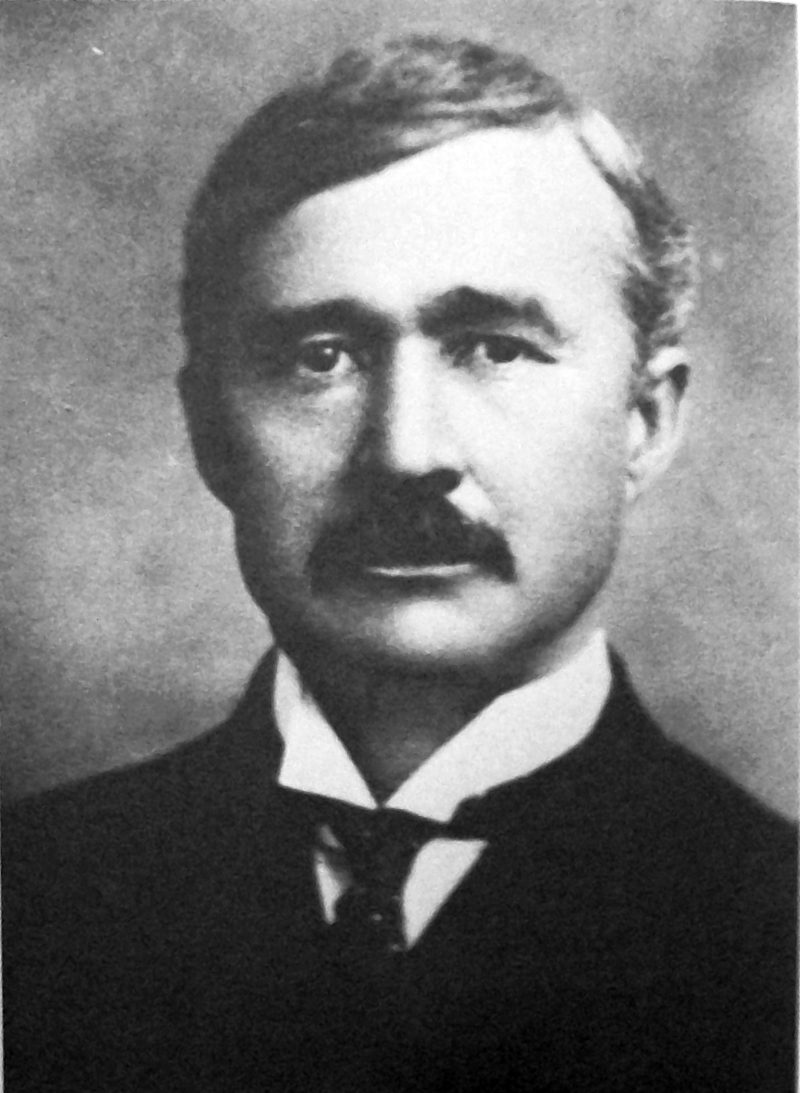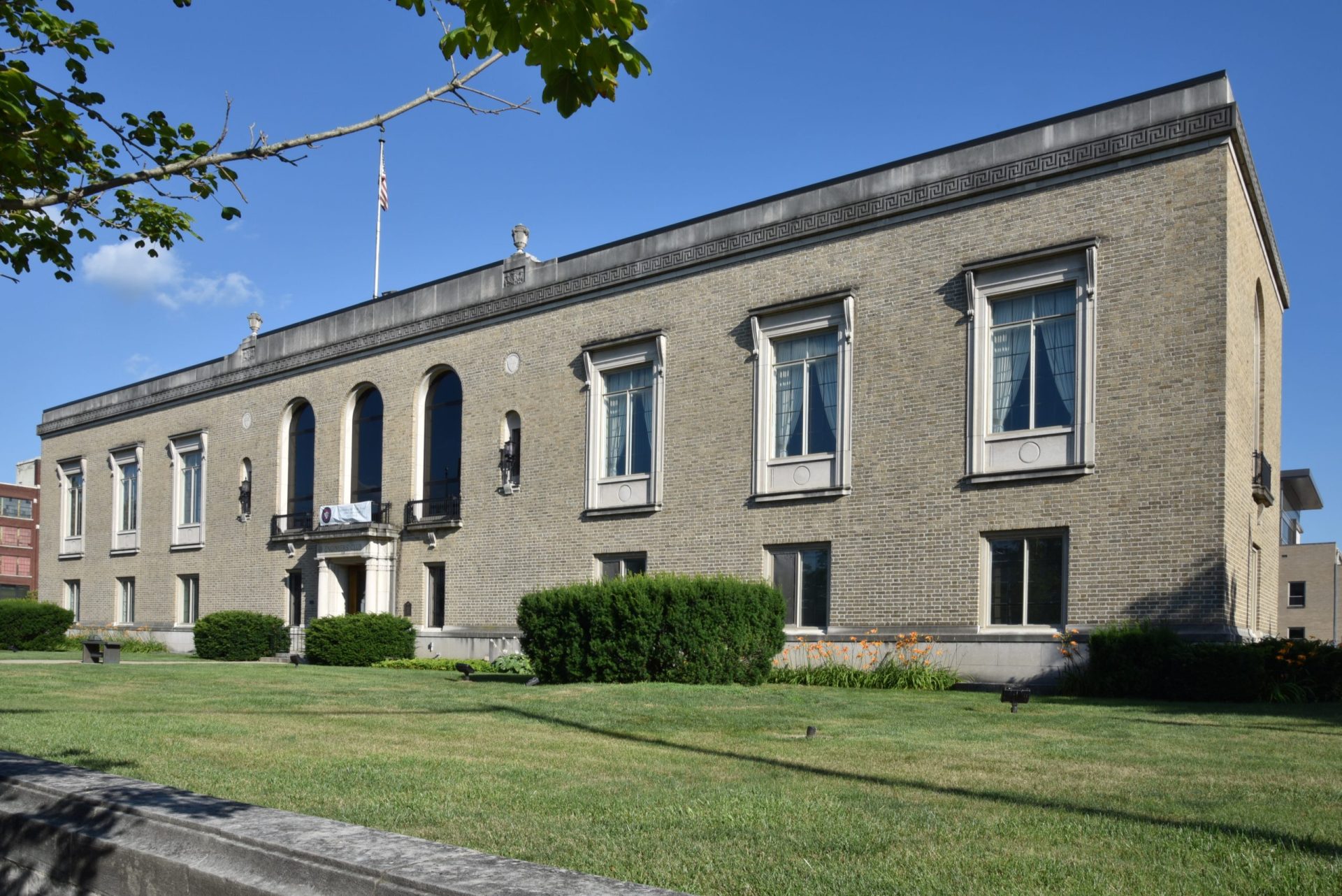
1857 – 1925
Pioneering Development of the Automobile and Stainless Steels
Elwood Haynes was born in Portland, Indiana in 1857. He struggled through school to the 8th grade. Portland did not have a high school at the time. After his first year at Worcester, the staff agreed to allow him to continue despite low grades because he worked so hard and was so determined to succeed. Two years later he graduated in the middle of is class and had completed his preliminary research on tungsten-chrome steel, the first ‘stainless’ steel.
Haynes helped to establish the state of Indiana’s natural gas industry. In 1888 he invented the vapor thermostat, gas meters, and the piping and well equipment needed to deliver the gas. In 1890 he moved to Greentown as the superintendent of the Indiana Natural Gas Company. Haynes conceived the idea of a ‘horseless carriage’ while working in the gas fields where horses proved difficult and unreliable. He moved to Kokomo, completed the plans for a gasoline powered vehicle and hired Elmer & Edgar Apperson to build the first prototype. Haynes utilized the 70% aluminum – 30% copper alloy for the engine block and transmission. That is the same alloy used in modern automobiles. Much of your modern automobiles’ geometry is represented in Haynes’ first auto.
After discovering an alloy made of pure chromium and pure nickel, he began commercial production in 1898 of his automobile under the Haynes and Haynes-Apperson logos, according to the Elwood Haynes Museum. Haynes automobiles competed in many races and were recognized as a high quality and very
reliable vehicle.
The next year, Haynes also discovered an alloy to make a durable spark plug electrode, which led to the formation of the Haynes Stellite Company. Stellite became the ‘go-to’ alloy for cutting tools, stamping dies, and other severe duty applications.
These cobalt-based alloys found immediate use as lathe tools in WWI, tripling machining production. Since that time, many new nickel and cobalt alloys have been invented and have found uses from prosthetics to the space shuttles, jet engines, nuclear power plants, and submarines.
References:
Elwood Haynes. Wikipedia.

